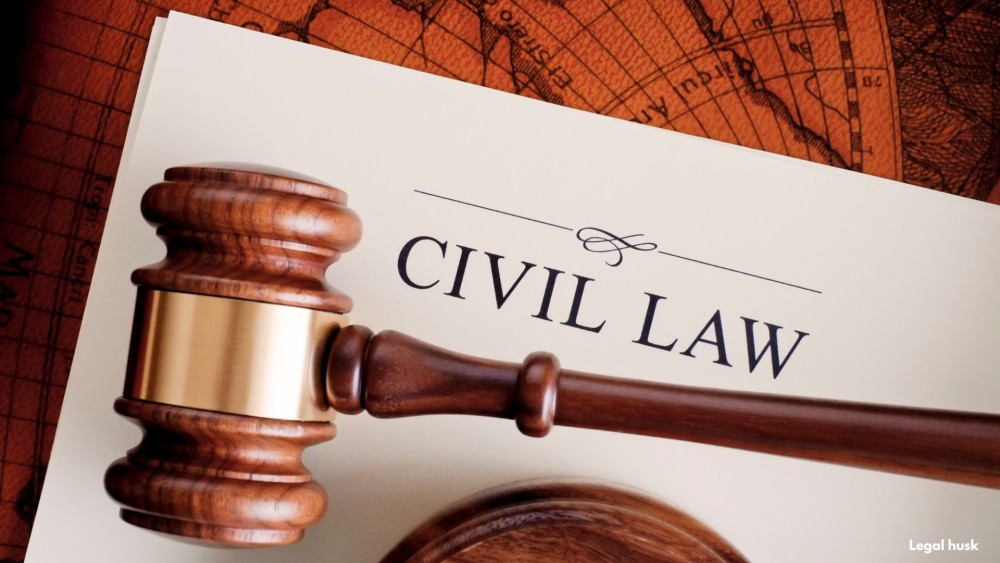
Filing a lawsuit with more than one defendant? Learn how to structure your complaint the right way. Discover expert tips, real-world examples, and common pitfalls to avoid in this practical legal guide.
When a lawsuit involves more than one defendant, it’s crucial to ensure that your complaint is structured correctly to handle all the parties involved. This guide will help you understand how to address multiple defendants in a single complaint, the proper format, and common issues that may arise.
What Does It Mean to Address Multiple Defendants in a Complaint?
Addressing multiple defendants in a complaint means including all relevant parties in a single legal document. A lawsuit with multiple defendants is common in cases such as product liability, personal injury, breach of contract, or where multiple individuals or entities are responsible for the alleged harm.
Key Considerations When Filing Against Multiple Defendants
Before filing a complaint with multiple defendants, consider the following:
1. Jurisdiction and Venue
Ensure that the court where you file the lawsuit has jurisdiction over all defendants. This means the court must have authority based on the location of the incident or where the parties reside.
2. Relatedness of Claims
The claims against the multiple defendants should arise from the same set of circumstances. For example, in a car accident case, multiple drivers may be at fault, and their actions led to the same injury.
3. Type of Claims
Be clear about how the actions of each defendant contributed to the situation. Sometimes, defendants may share responsibility, while other times, each may be held accountable for different aspects of the case.
How to Format a Complaint with Multiple Defendants
A complaint involving multiple defendants follows a basic structure but includes additional details for each party involved.
1. Case Caption
2. Statement of Facts
3. Legal Claims
4. Relief Sought
Best Practices for Addressing Multiple Defendants
1. Use Clear and Precise Language
When drafting your complaint, make sure to differentiate between each defendant’s actions and specify the legal grounds for suing each. Avoid using generalized statements that could lead to confusion or weak claims.
2. Ensure Proper Service of Process
Once the complaint is filed, each defendant must be properly served with a copy of the complaint. Depending on your jurisdiction, you may need to serve each defendant personally or through other accepted methods like certified mail.
3. Consider Joint and Several Liability
In some cases, multiple defendants may be jointly and severally liable, meaning that each defendant can be responsible for the entire amount of damages. This will be stated clearly in the relief section of your complaint.
4. Address Potential Cross-Claims
In some situations, defendants may file cross-claims against each other, claiming that one or more of the other defendants is responsible for the plaintiff’s damages. Consider including provisions in your complaint that anticipate potential cross-claims.
Common Challenges in Complaints with Multiple Defendants
1. Complexity of Claims
As the number of defendants increases, so does the complexity of the case. It can be difficult to keep track of which defendant is responsible for which part of the claim. Be organized and precise in your language.
2. Jurisdictional Issues
If defendants reside in different jurisdictions, you may need to address venue issues. Ensure that the court where you file your complaint has jurisdiction over all defendants.
3. Conflicting Defenses
Multiple defendants may present conflicting defenses, which can complicate the litigation. Be prepared for arguments between the defendants regarding their respective roles and responsibilities.
What Happens After Filing a Complaint with Multiple Defendants?
Once the complaint is filed and served, the defendants typically have 20 to 30 days to respond, depending on the jurisdiction. Their responses may include:
Following responses, the pretrial process begins, which includes discovery (exchange of evidence), motions, and potential settlement negotiations.
Can a Complaint with Multiple Defendants Be Dismissed?
Yes, there are several reasons a complaint with multiple defendants might be dismissed:
Real-World Example of a Complaint with Multiple Defendants
Case Example: A property owner sues multiple contractors for faulty construction work. The plaintiff claims that one contractor’s poor design led to structural defects, while another contractor’s substandard materials contributed to water damage. The complaint clearly specifies the actions of each contractor and the relief sought from each.
Whether you’re new to civil litigation or a busy attorney juggling deadlines, Legal Husk can help you craft a clear, compliant, and compelling complaint that gives your case a strong start. From formatting to strategy, we’ve got your back.
📌 Need help drafting your legal complaint?
Let our experts step in and take the stress out of the process.
📞 Reach out today or visit us online to get started.
👉 Visit:
🔗 legalhusk.com
🔗 legalhusk.com/services
🔗 legalhusk.com/services/civil-litigation
🔗 legalhusk.com/about-us
💡 Start strong—start with Legal Husk.
Filing a complaint with multiple defendants isn't just about naming names—it's about telling a clear, compelling legal story. Each defendant’s actions, your legal claims, and your requested relief must align with court rules and procedural best practices. When done right, your complaint sets the tone for the entire case. When done wrong? It could be dismissed before it even begins.
That’s why it pays to get expert help.
📩
Ready for a court-ready motion at a predictable price? Contact Legal Husk and let us draft your next complaint with precision and clarity.
Whether you are dealing with a complex family matter, facing criminal charges, or navigating the intricacies of business law, our mission is to provide you with comprehensive, compassionate, and expert legal guidance.